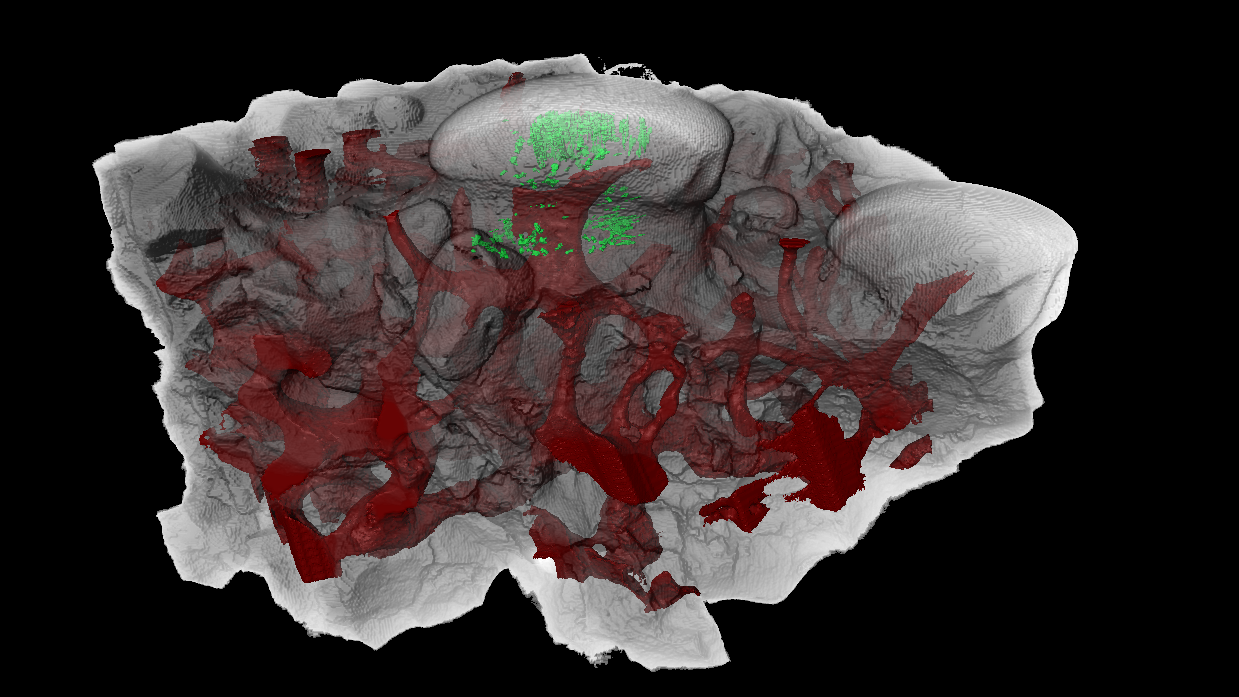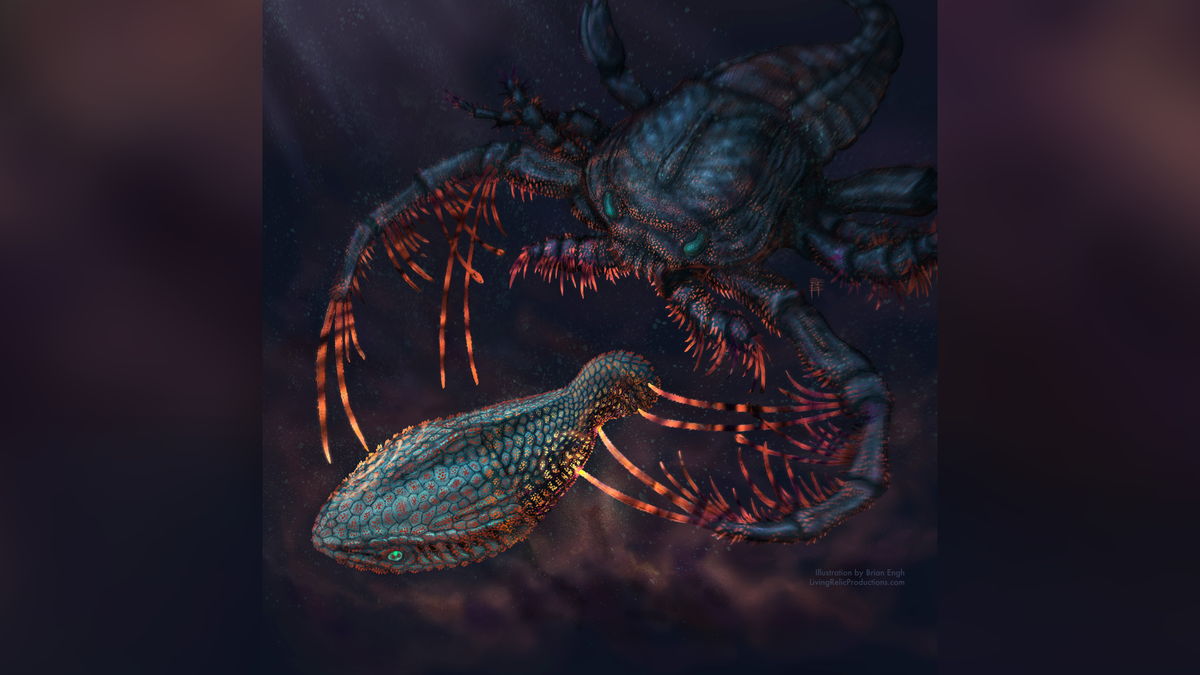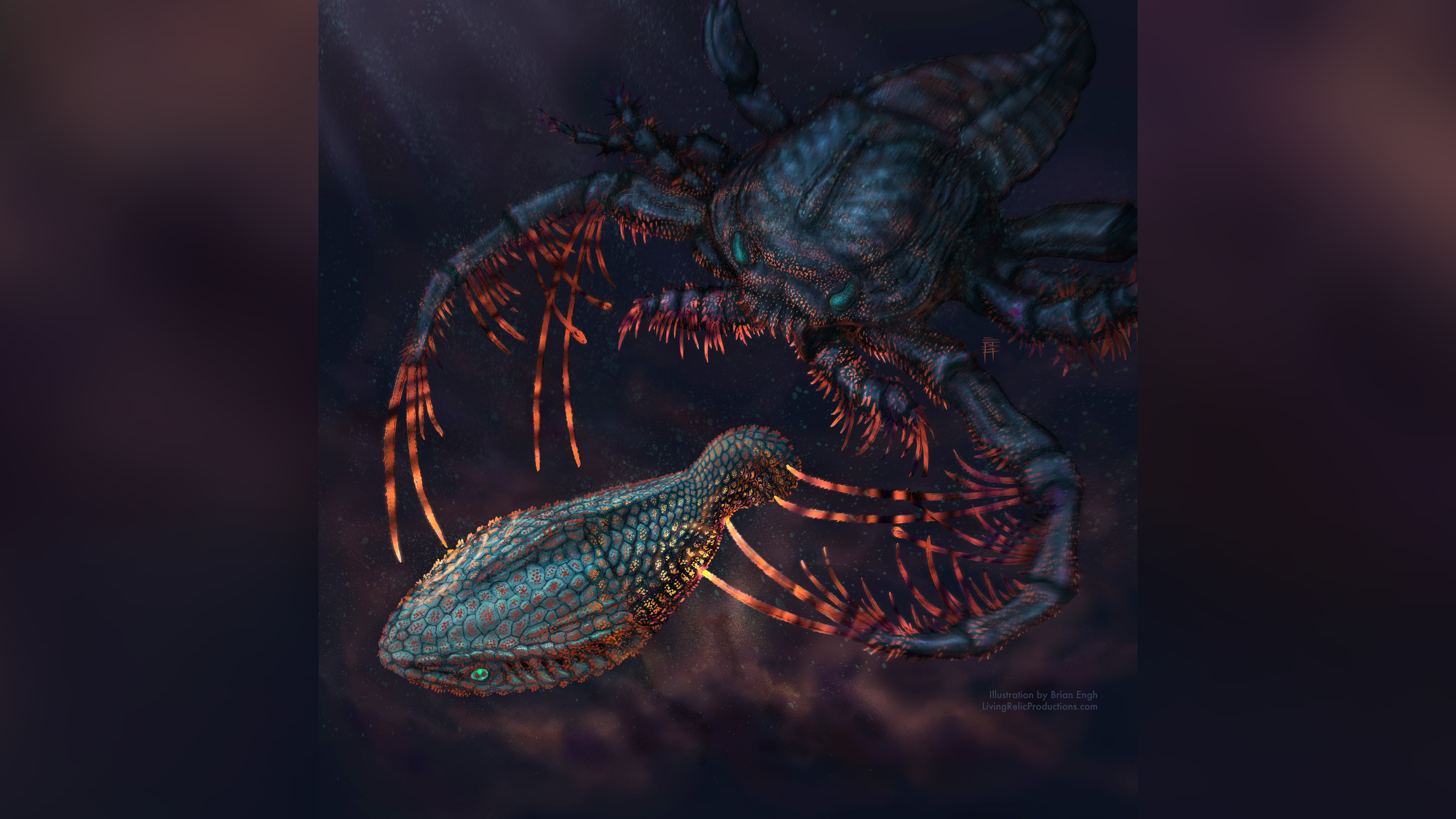Our sensitive teeth originally evolved from the “body armor” of extinct fish that lived 465 million years ago, scientists say.
In a new study, the researchers showed how sensory tissue discovered on the exoskeletons of ancient fish is linked to the same “genetic toolkit” that produces human teeth.
“This shows us that ‘teeth’ can also be sensory even when they’re not in the mouth,” study co-author Yara Haridy, a paleontologist and evolutionary biologist at the University of Chicago, said in a statement. Haridy and colleagues published their findings Wednesday (May 21) in the journal Nature.
Originally, the researchers set out to identify the earliest vertebrate in the fossil record, seeking out fossil specimens from the Cambrian and Ordovician periods (541 million to 443 million years ago). One telltale sign of a vertebrate species is the presence of internal tubules for dentine, a calcified tissue that is found just underneath the enamel in human teeth, but that is found in external bumps in ancient fish armor.
While using high-resolution CT scans to investigate the jawless “first fish” species Anatolepis heintzi, the researchers discovered what looked like pores filled with dentine. To confirm this, they compared A. heintzi to a coterie of ancient fossils and modern marine life.
But as they looked more closely, they realized that the supposed dentine-lined pores were actually more like the sensory organs on the shells of crabs. A. heintz was therefore an ancient invertebrate arthropod — not a vertebrate fish.
Related: Scientists discover new 15 million-year old fish with last meal fossilized inside its stomach

Clearing up the confusion about the categorization of A. heintz led to an important new insight: Ancient vertebrates like fish and ancient arthropods were making the same mineralized tissue to help them sense their environment. Eventually, that mineralized tissue evolved into dentine — and into our sensitive teeth.
The new study supports the idea that sensory structures evolved on exoskeletons at least 460 million years ago, and then later in evolutionary history, animals used the same “genetic toolkit” to make teeth.
“Viewed through this evolutionary lens, the fact that teeth in the mouth are extremely sensitive is less of a mystery, and more a reflection of their evolutionary origins within the sensory armor of early vertebrates,” the researchers wrote in the study.

























